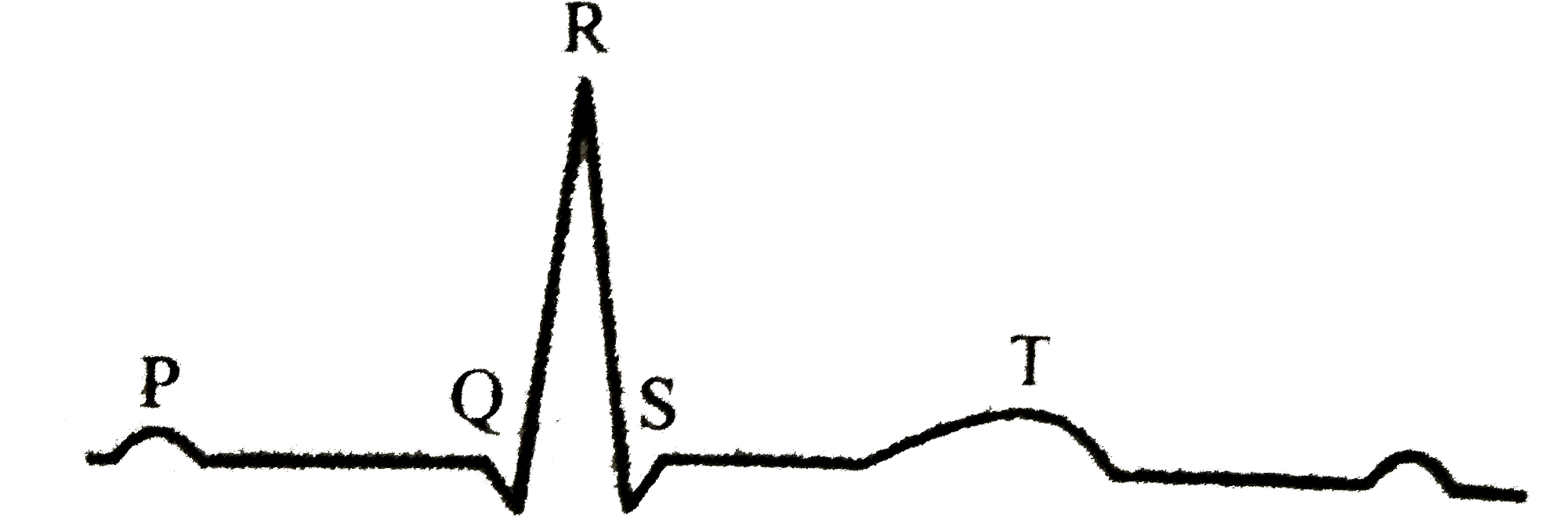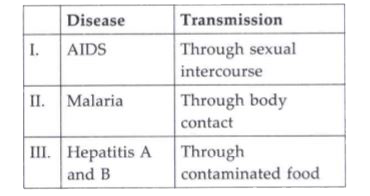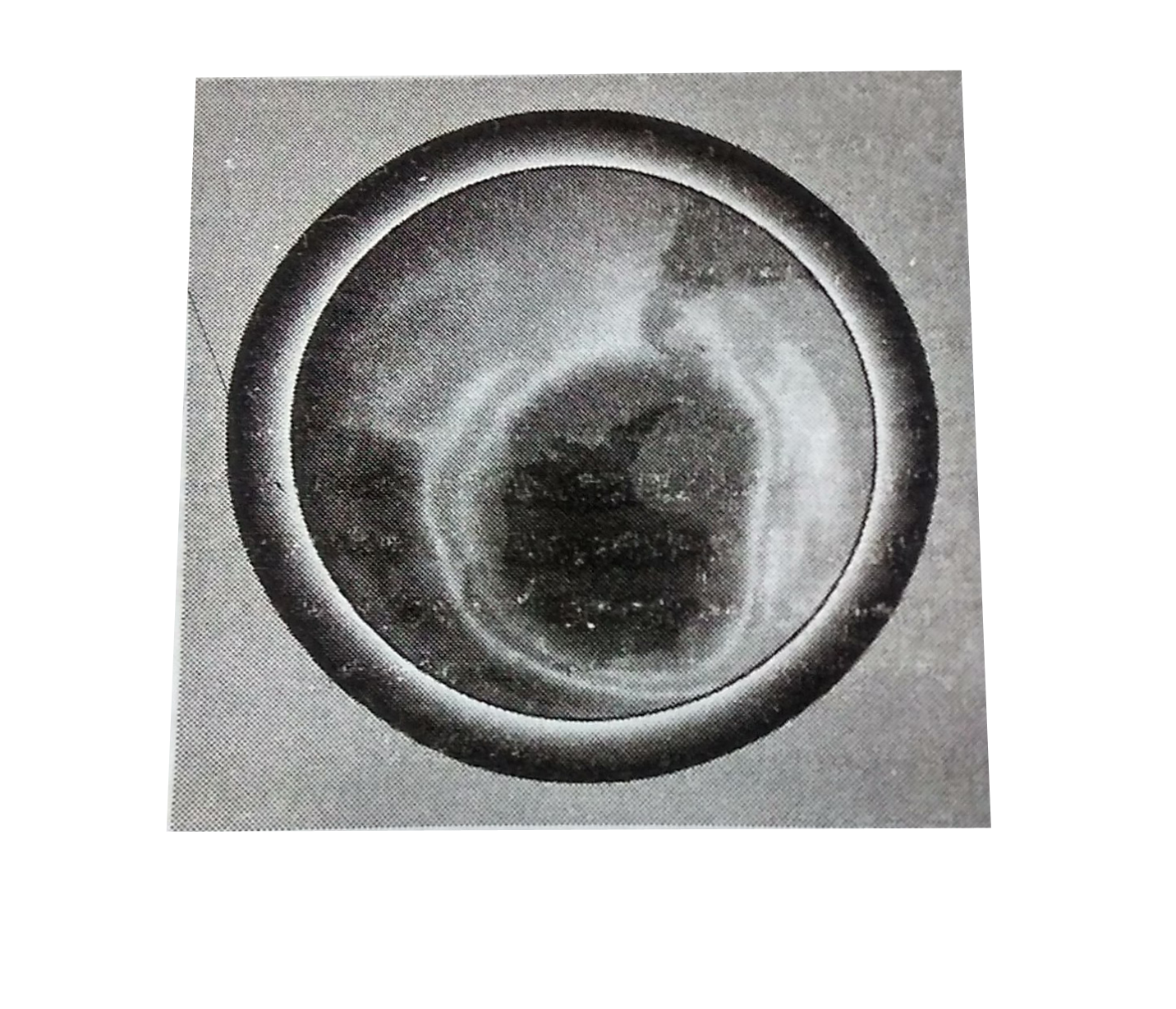Given below is the ECG of a normal human. Which of its components is correctly interpreted below ?

Peak P - Initiation of left atrial contraction only.
Peak T - Initiation of total cardiac contraction.
Peak P and peak R together - Systolic and diastolic blood pressure.
Complex QRS - One complete pulse.
The correct Answer is:D
Step by step video, text & image solution for Given below is the ECG of a normal human. Which of its components is correctly interpreted below ? by Biology experts to help you in doubts & scoring excellent marks in Class 12 exams.
Updated on:21/07/2023Topper's Solved these Questions
Similar Questions
Knowledge Check
The given figure is the ECG of a normal human. Which one of its components is correctly interpreted below ?
 APeak P and Peak R together - Systolic and Diastrolic blood pressuresBPeak P= Initiation of left atrial contraction only.CComplex QRS- one complete pulseDPeak T- Initiation of total cardiac contraction
APeak P and Peak R together - Systolic and Diastrolic blood pressuresBPeak P= Initiation of left atrial contraction only.CComplex QRS- one complete pulseDPeak T- Initiation of total cardiac contractionGiven below is the ECG of a normal human. Which of its components is correctly interpreted below ?
 APeak P and Peak R together - Systolic and Diastrolic blood pressuresBPeak P- Initiation of left atrial contraction only.CComplex QRS- One complete pulseDPeak T- Initiation of total cardiac contraction
APeak P and Peak R together - Systolic and Diastrolic blood pressuresBPeak P- Initiation of left atrial contraction only.CComplex QRS- One complete pulseDPeak T- Initiation of total cardiac contractionThe given figure is the ECG of a normal human. Which one of its components is correctly interpreted below ?
 AComplex QRS-One complete pulseBPeak T - Initiation of total cardiac contractionCPeak P and Peak R together - systolic and diastolic blood pressuresDPeak P - Initiation of left atrial contraction only
AComplex QRS-One complete pulseBPeak T - Initiation of total cardiac contractionCPeak P and Peak R together - systolic and diastolic blood pressuresDPeak P - Initiation of left atrial contraction only
Which of the following reactions are correctly interpreted?
View SolutionWhich of the following is matched correctly in the table given below?

View SolutionECG depicts the depolarization and repolarisation processes during the cardiac cycle. In the ECG of a normal healthy individual one of the following waves is not represented
View SolutionGiven below is the botanical name of mango. Mark the option in which the name is correctly written
View SolutionIdentify correctly the diagram given below:

View Solution

